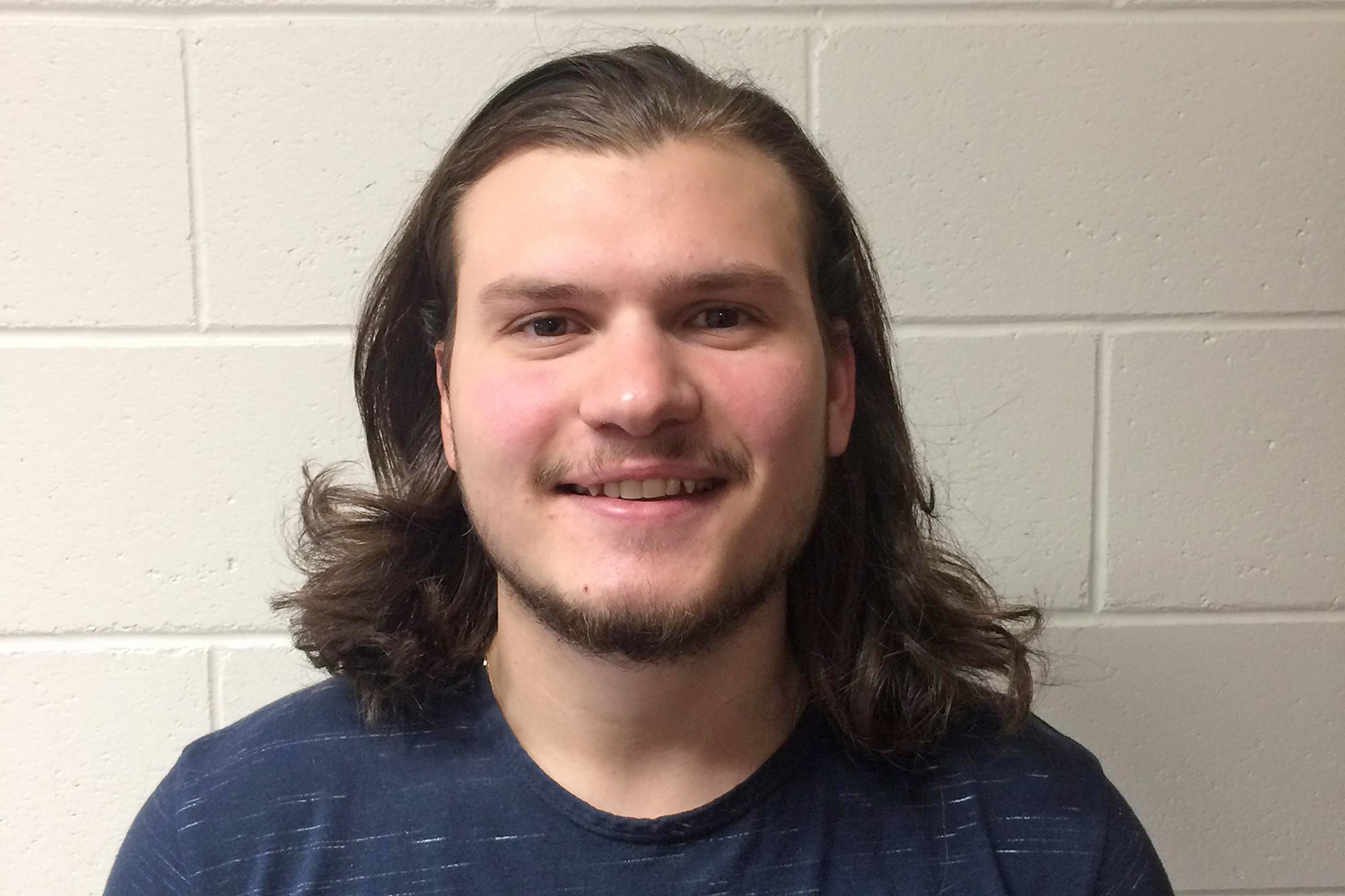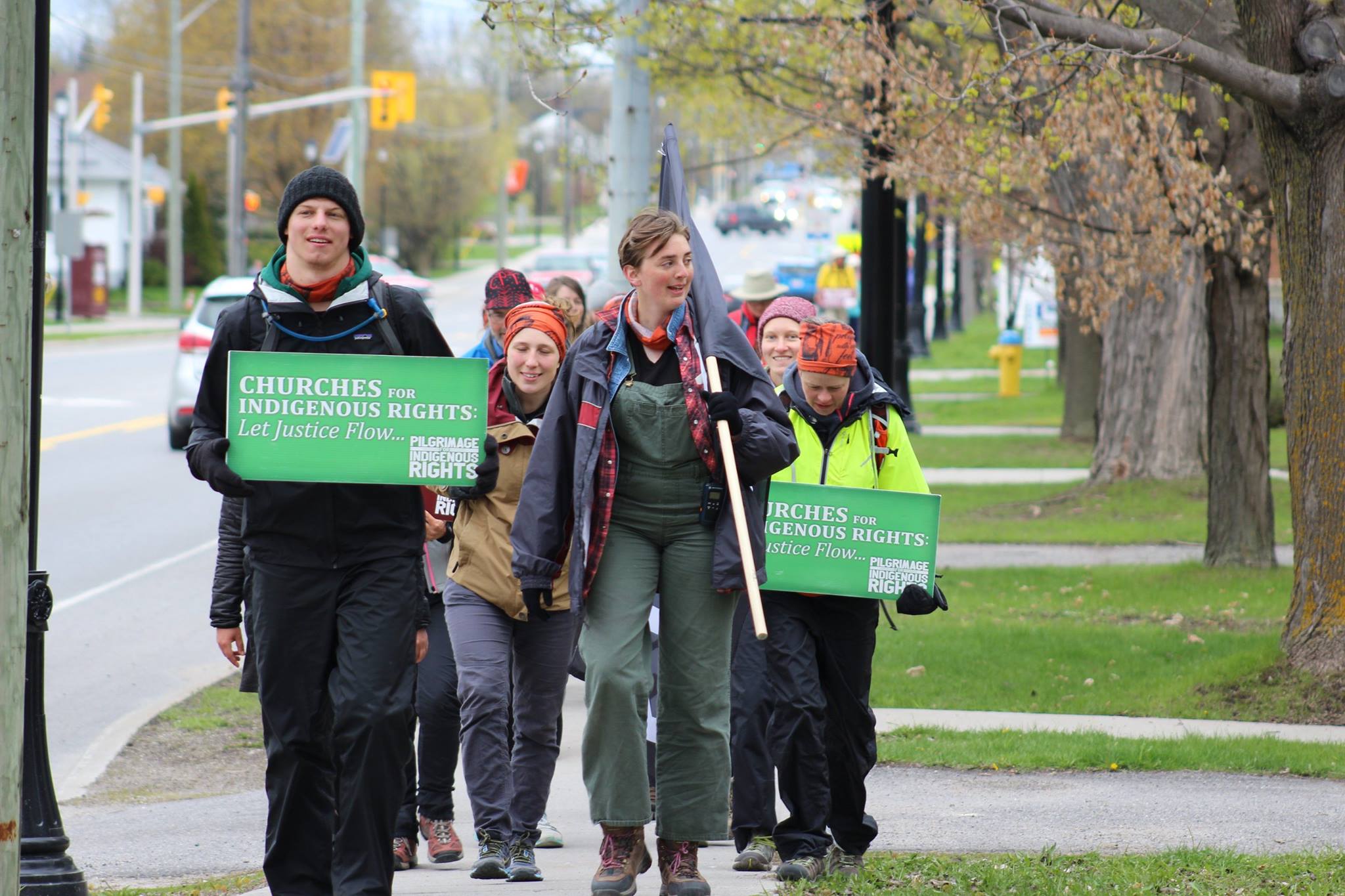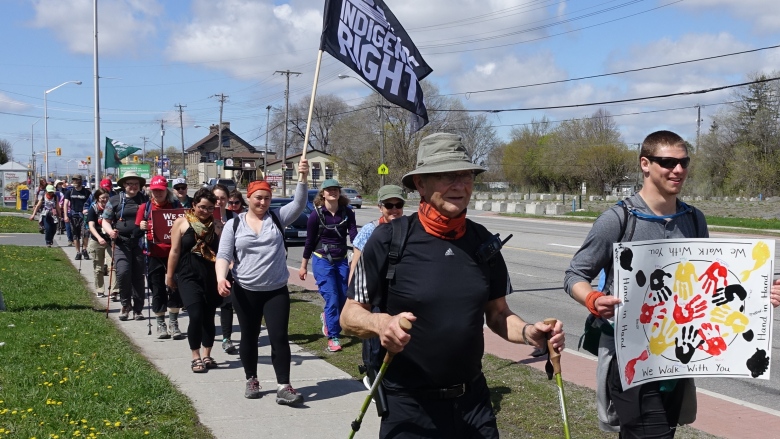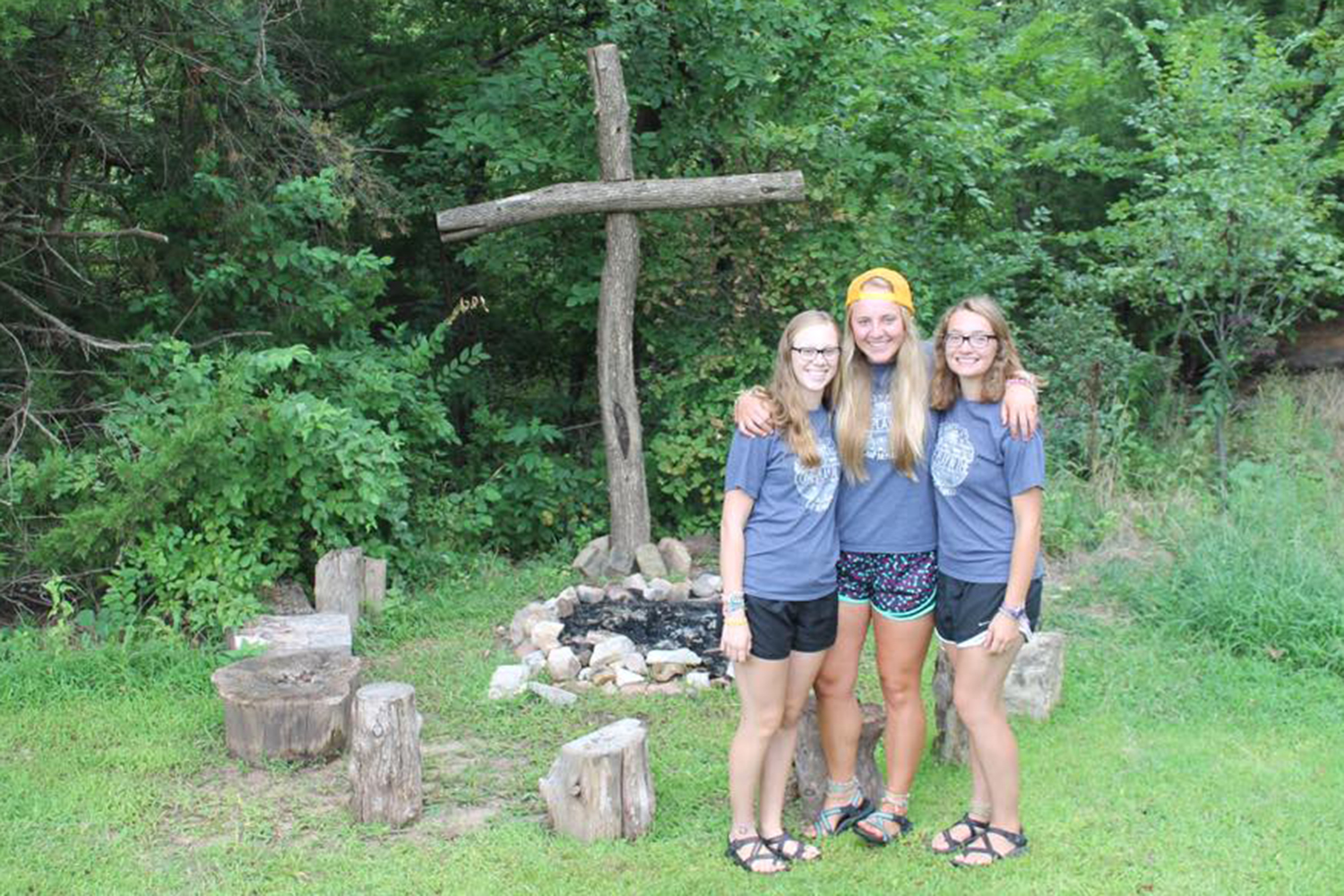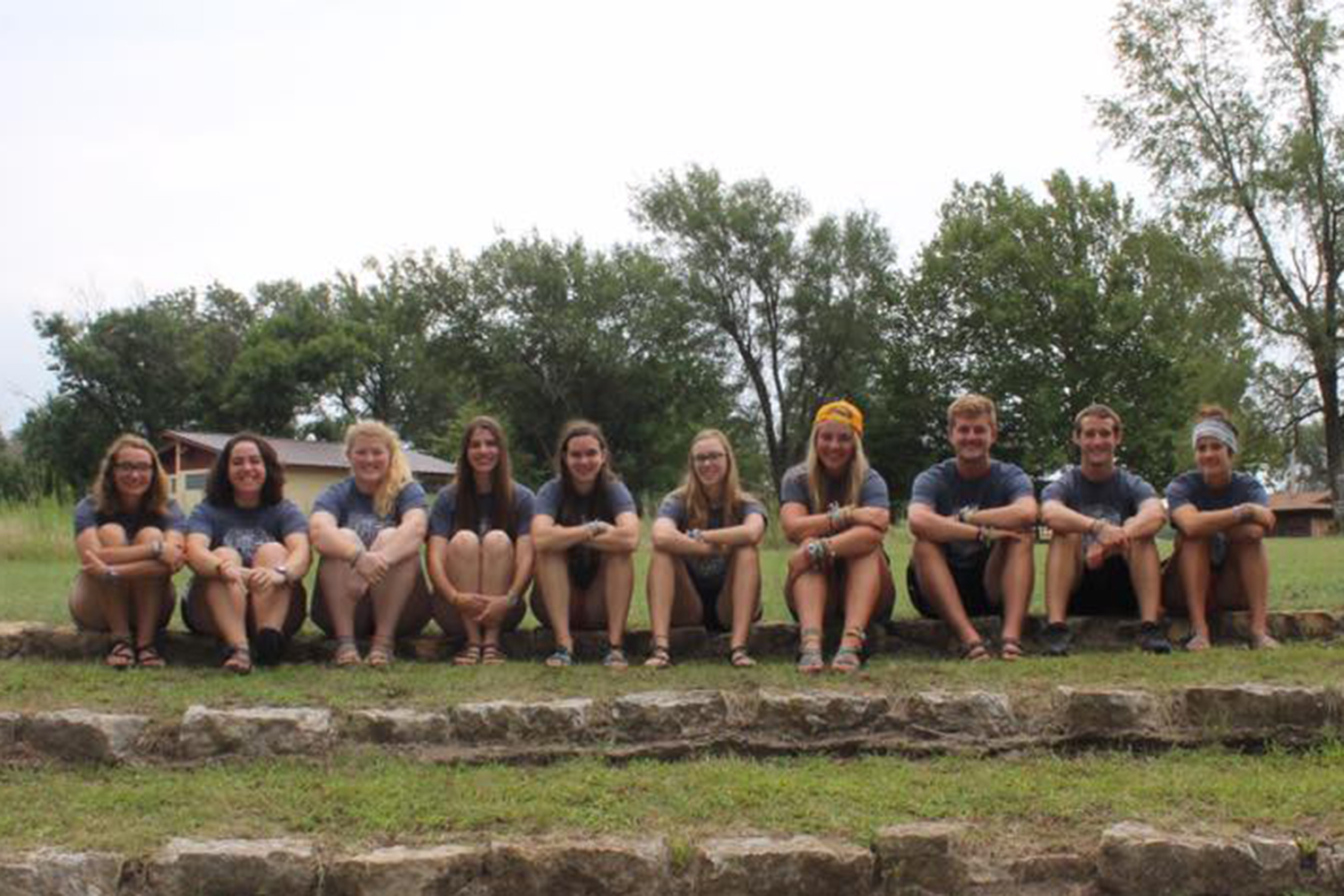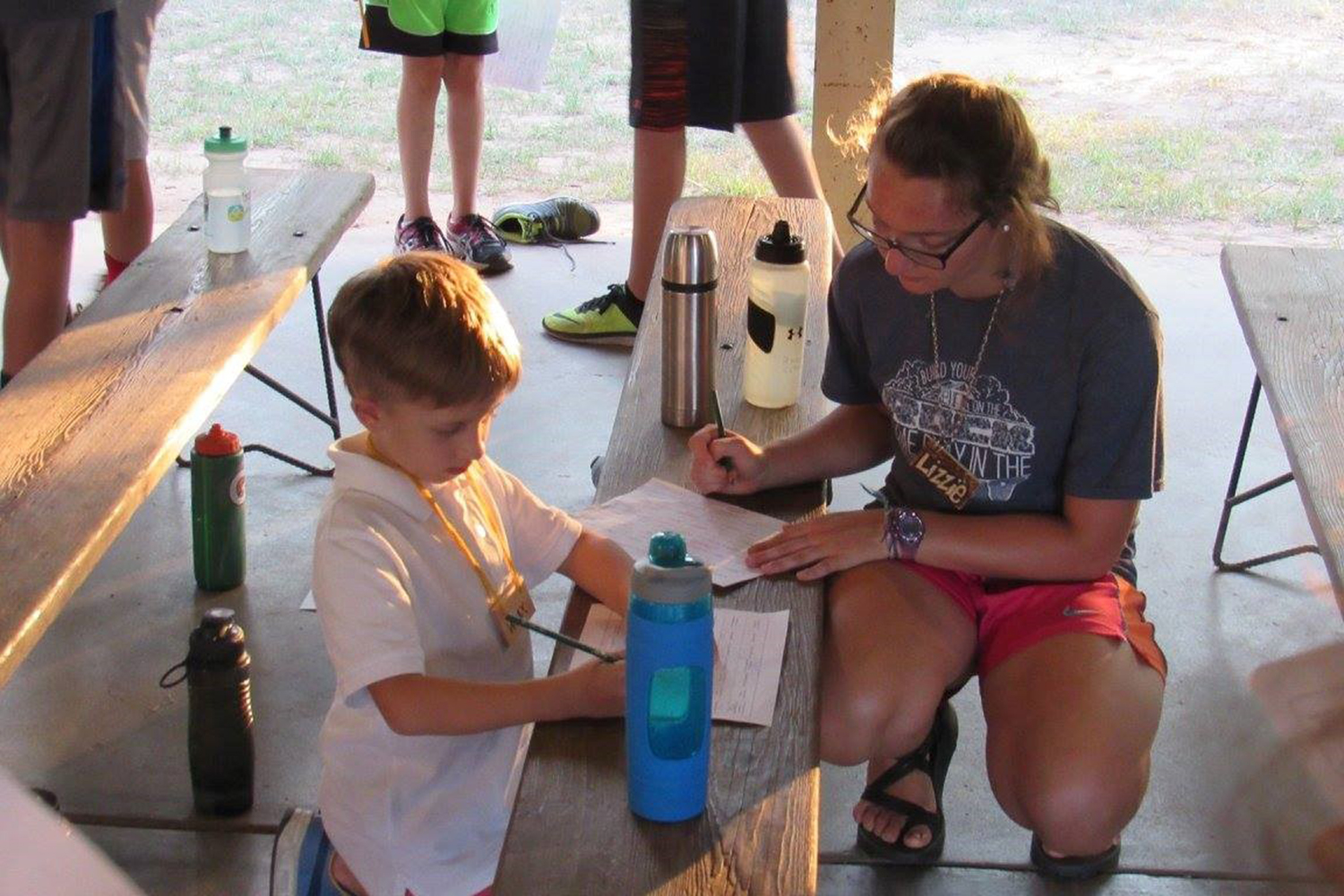
Throughout high school I knew I wanted to do something different for college. I didn’t want to attend the same four universities that nearly everyone from my high school chose. So when my family was visiting friends in Toronto, and I learned about International Development, a degree that is not widely offered in the States, I felt the opportunity to take a different path. It sounded like it would be just the right fit for me.
After a quick search on Google, I learned about Canadian Mennonite University. Not only did CMU offer a degree that was different, but it also offered small class sizes and a real relationship with my professors, which was definitely something I wouldn’t have if I attend the larger state schools in South Carolina.
CMU also offered a schooling option that was affordable. It’s no secret that American schools are crazy expensive, especially if you are considering attending university in a different state or a private institution. So even though I’m an international student, CMU is just as affordable as staying in my home state of South Carolina. Not only am I going to a great school, but I will also graduate with relatively no debt (thanks mom & dad).
I’ll admit that I was a little nervous going to university so far from home, as this would be my first time living on my own. Not only was the school far away, but it was also in a different country, which was nerve-racking, yet also exciting at the same time. The unknown is what frightened me, yet the possibility for new friends and a new city to explore far outweighed the risks. Thankfully, the community I found once I arrived at CMU was more welcoming and supportive than I could’ve ever imagined. True to their stereotype, Canadians are a friendly bunch.
Another important factor in my choosing a university was whether I would have the opportunity to play competitive volleyball. I had never considered looking at schools in Canada, but I’m so thankful I did. Last January I visited Winnipeg (my parents wanted to make sure I had a chance to experience Manitoba in winter), toured the campus, and practiced with the volleyball team. My visit sealed the deal. CMU was a perfect fit.
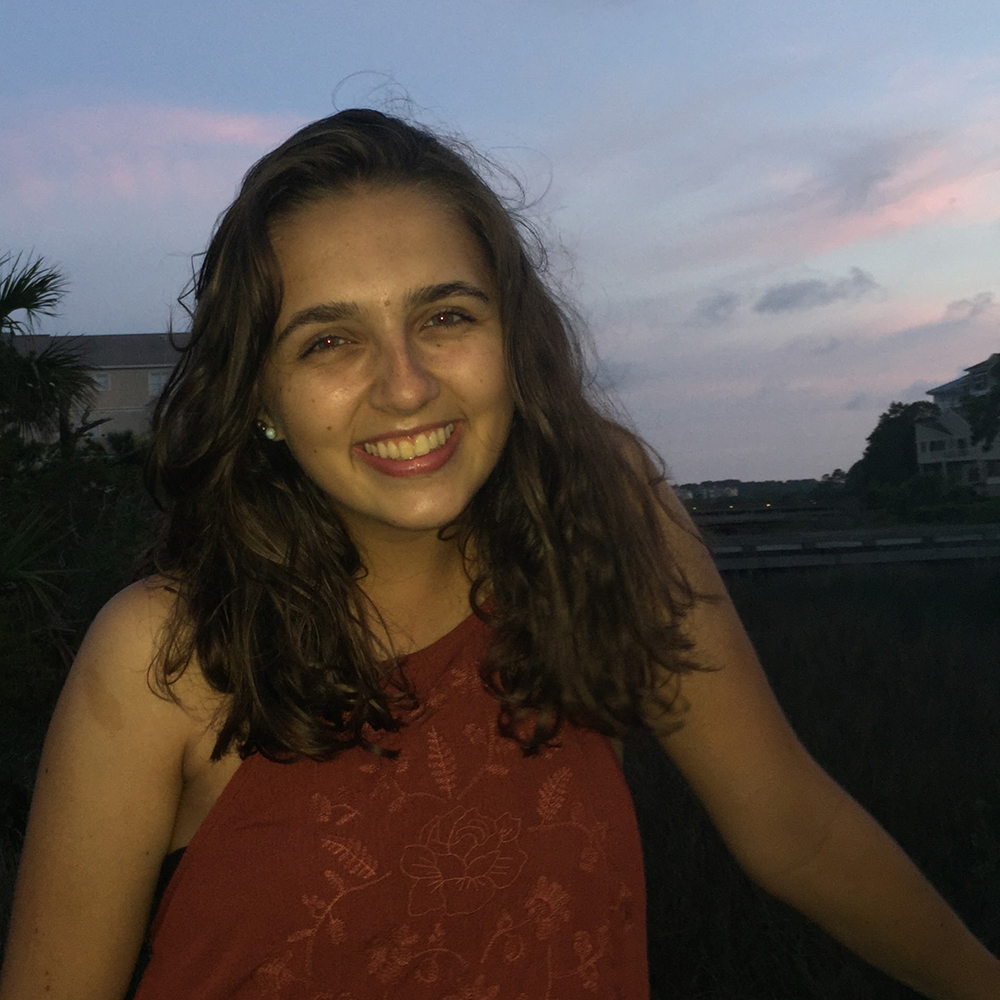
The support on campus for academics and spiritual growth is something I have already learned to treasure. There are both chapels and fellowship groups during the week, and the leaders guide us through different worship styles whether that is contemporary, traditional, or something different altogether. While this Christian community is a big part of CMU, you can be as involved or uninvolved as you want. Regardless of your beliefs, you will be accepted for who you are as an individual.
Not only are the people welcoming, but CMU’s location is a welcoming place too. It is a smaller, more traditional campus with wonderful scenery, yet it’s only a few short minutes from being in downtown Winnipeg. If I need some fresh air after studying, there are miles of walking trails in the Assiniboine Forest, right behind campus. It is really the best of both worlds.
I am so happy with my decision to come to CMU. It truly has something to offer everyone.
Andi Jacobs is a first year student from Hilton Head Island, South Carolina.

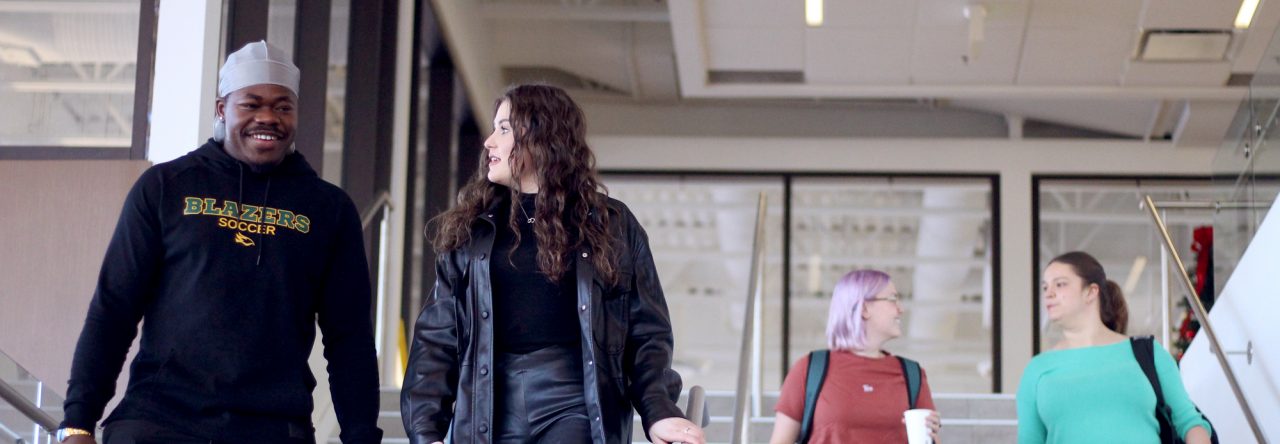
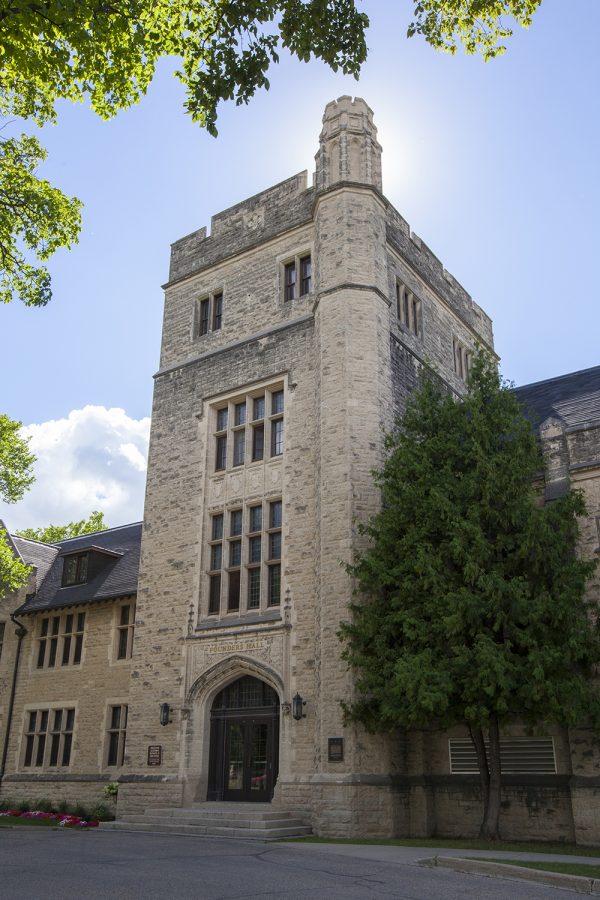 Christmas concerts that I attended on the campus as a child, I felt at home by the time I went to visit the campus as a prospective student, let alone my first day of school as a student.
Christmas concerts that I attended on the campus as a child, I felt at home by the time I went to visit the campus as a prospective student, let alone my first day of school as a student.
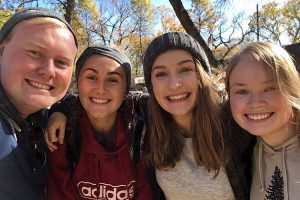 So how are you supposed to know who you are going to be spending your time with before your university experience starts? Well, for the most part you won’t. But visiting a campus and making connections with the people who are there before you even get there will help you start to create that circle of people that will be around you when you start attending university. Or at the very least, they will be the people who will get you settled in to find that group of people that will help you create a home at your university.
So how are you supposed to know who you are going to be spending your time with before your university experience starts? Well, for the most part you won’t. But visiting a campus and making connections with the people who are there before you even get there will help you start to create that circle of people that will be around you when you start attending university. Or at the very least, they will be the people who will get you settled in to find that group of people that will help you create a home at your university.